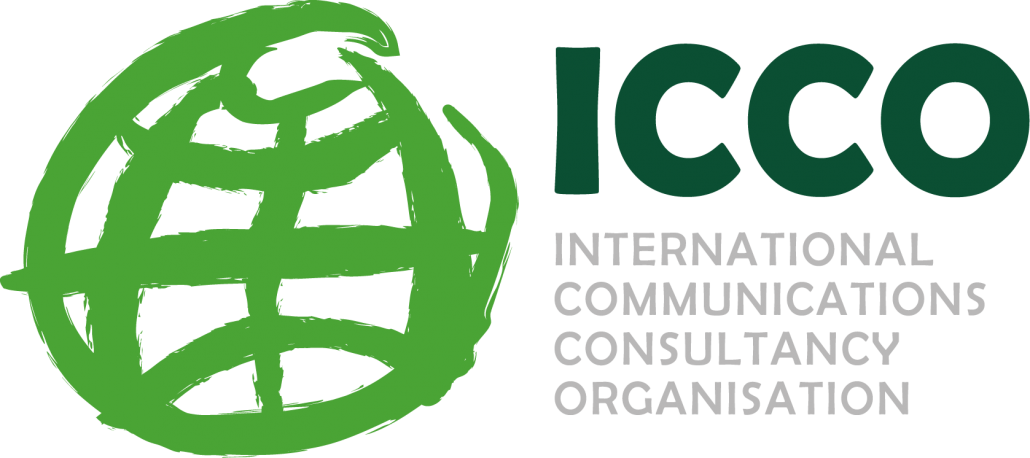6 PR Trends to Check Out in 2018

Shutterstock
Article for Forbes by John Hall, CEO of Influence & Co., a keynote speaker, and the author of “Top of Mind.” Opinions expressed by Forbes Contributors are their own.
With barbecues and family vacations every other weekend, it might seem like we’re still in the thick of summer — but believe it or not, 2018 is almost here. Maybe it’s just the restless entrepreneurial spirit in me talking, but I think it’s never too early to start preparing your team for next year’s strategy.
Take football, for example. Teams don’t step on the field on day one of preseason training without any idea of what to expect from the competition or how the division is shaping up; they’d already be behind.
PR isn’t all that different. With content marketing trends and innovative social media tools changing how we approach media, PR leaders can expect to see some major shifts in the coming year.
1. Personal branding and thought leadership will go beyond executives.
When we started Influence & Co., it was clear that companies that did invest in thought leadership were only really interested in brand-building and thought leadership for executives, like CEOs and CMOs. Companies are now realizing that it’s important to invest in leaders outside the executive suite and that the best way to lead your industry is by looking across the company, not just at the top.
Recently, I’ve seen sales budgets that put significant investment specifically toward PR to help create marketing assets and invest in key salespeople’s brands. This mindset is starting to show up in other departments as well, like recruiting or key engineering and technology positions.
2. Owning your digital landscape will never be more important to attract followers.
It’s no secret that there’s a lot of noise in content. As the industry becomes more saturated, readers will start choosing specific “watering holes” where they get their content instead of looking all over the place. This will make it even more difficult for other brands to gain their attention, so there will be a rush to earn as many truly engaged followers as possible over the next couple of years.
To own your digital landscape, you need to map it out and ask yourself what you see. For instance, when potential clients are searching online, are your competitors showing up? Who’s being featured in the publications that target your audience? These are the types of questions that will help you identify the current watering holes and start building your own. Anybody can say he needs to lead the industry, but to be effective, you have to document where you are, where you want to be, and how you can own that space so your competitor doesn’t.
3. Internal PR pros will need to bring in specialty firms for support.
One challenge with PR is that you have lots of different styles, like launch PR, crisis management, thought leadership, media relationships, events, and so on. With so many different types of PR requiring different skills and strategies, it’s impossible for an internal team to do all of them well all of the time.
Internal PR teams constantly have to move from one priority to another, and mistakes happen. A friend of mine recently had a multibillion-dollar valuation on a funding announcement, so I recommended a specialist who I knew was the best at funding and acquisition announcements. She wasn’t able to hire the specialist, and the announcement was botched. It was actually one of the worst I’ve ever seen — the person who covered it even turned on the company on social media.
I may be biased, but from what I know, she’s an amazing person leading an innovative company. She deserved some great attention and instead ended up in a negative situation. You don’t often get the chance to announce a unicorn valuation or even a $10 million valuation, so make sure you have specialists there to do it right.
4. PR will need to understand business goals besides its own.
PR is an incredible tool for marketing, investor communications, recruiting, and various other areas of the company; however, PR tends to live in its own little silo. I compare it to investing in a new car and only using the trunk; there’s so much more value if you look at how all the parts fit together in the big picture.
That’s why you’re already seeing some of these roles combined. For example, I recently saw a head of content marketing and PR, and it made me really happy because it means companies are starting to realize how much crossover there is between different areas of communication. At the very least, PR professionals have to make sure they’re effectively communicating with all stakeholders in the company who can get value from their work.
5. You will have to consider dark social influence.
It’s pretty easy to use social media tools like SocialRank, Buffer, Sumo, and more to identify social influence and monitor performance, but what’s nearly impossible to track is dark social — the communication through text, email, messaging, Slack, Skype, and so on that’s becoming the majority of social communication.
As I said before, owning your digital landscape has never been more important, and this is one major reason why. You have to commit to building and engaging your audience and broadening the metrics you rely on to gauge whether your efforts are effective.
6. Separating measurement into qualitative and quantitative metrics will be critical.
Recently, people have become obsessed with quantitative content marketing ROI metrics because it’s become so much easier to track things like page views, social, and leads generated. But that doesn’t discount the fact that you are building a brand, and that’s hard to quantify. Not every aspect of communication can be quantitatively measured.
Just look at the term “public relations.” It’s how the public or general audience you’re targeting views you. There will always be a level to that which just can’t be tracked quantitatively — but you can plan certain deliverables or tactics that you know work best toward achieving the qualitative metrics that you value. PR pros can’t lump all their ROI into the quantitative column, no matter how long the industry waits for the hard numbers to back up its efforts. There’s a big picture you can’t afford to lose sight of.
PR is more fast-paced than ever, and to build a PR strategy that dominates in 2018, you’ll have to put in the work during the preseason. Start thinking now about how you can incorporate these six trends into your PR strategy, and you’ll be able to hit the ground running in 2018.
To view original article click here: https://www.forbes.com/sites/johnhall/2017/08/06/6-pr-trends-to-check-out-in-2018/#3f4c8e906666





